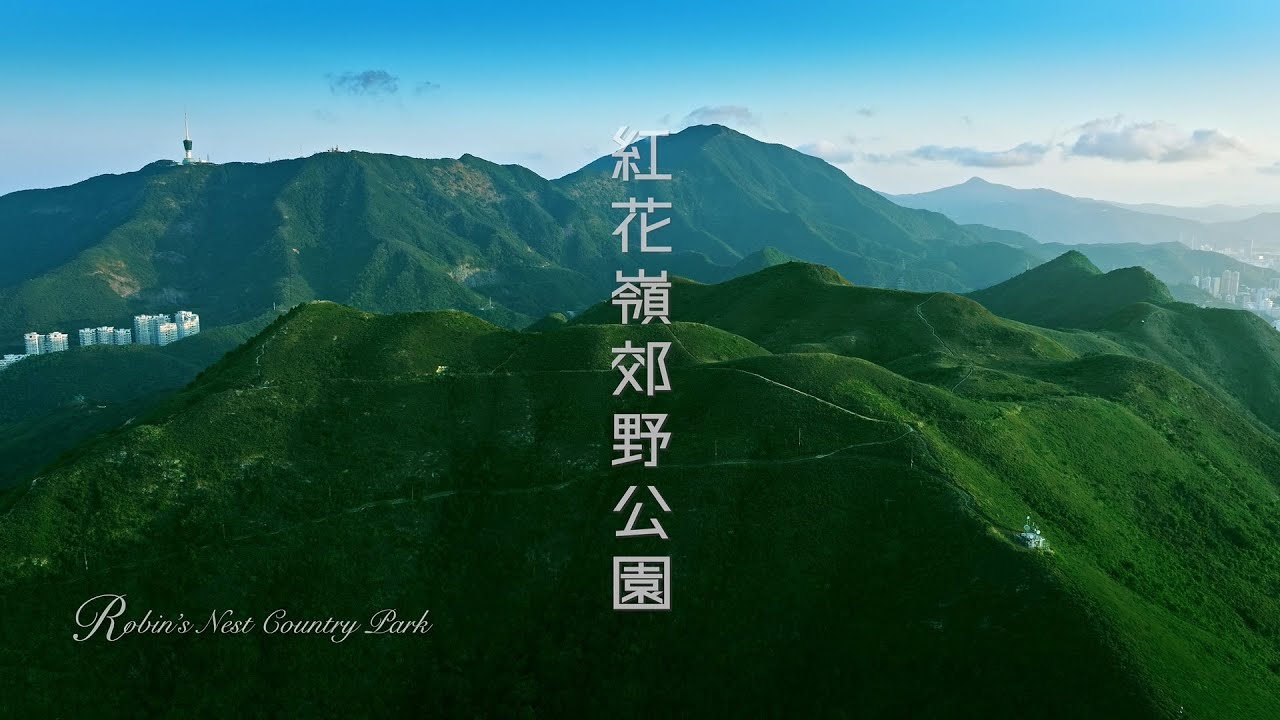The “Discovering Robin's Nest Country Park” Hiking Challenge encourages the public to explore the Robin's nest Country Park (RNCP), taking in the picturesque scenery, rich biodiversity, and profound historical heritage of Robin's Nest from various angles as you traverse its undulating hills. With a stunning view of Shenzhen's Wutong Mountain in the distance, you can experience the interconnected ecology and landscape of Shenzhen and Hong Kong.
The RNCP covers an area of approximately 530 hectares, located in Sha Tau Kok in the northeast of the New Territories. Geographically connected with the ridges of Shenzhen Wutong Mountain to the north, and with Pat Sin Leng Country Park to the south, Robin's Nest is Hong Kong's 25th country park.
The RNCP's natural habitats have been relatively undisturbed, boasting a diverse array of habitats as well as flora and fauna. The area also preserves rich historical and cultural resources, including relics from the War of Resistance against Japanese Aggression in World War II, rural landscapes, Grade 2 historic buildings - the MacIntosh Forts, and the Lin Ma Hang Lead Mine, which was designated as a “Site of Specific Scientific Interest” in 1994.
The park features the Robin's Nest Country Trail and Lin Ma Hang Country Trail, equipped with information boards, waymarks and distance poles to facilitate hiking. Viewing points and interpretation panels are also set up for visitors to appreciate the natural scenery and learn about the different facets of the RNCP.
The RNCP's natural habitats have been relatively undisturbed, boasting a diverse array of habitats as well as flora and fauna. The area also preserves rich historical and cultural resources, including relics from the War of Resistance against Japanese Aggression in World War II, rural landscapes, Grade 2 historic buildings - the MacIntosh Forts, and the Lin Ma Hang Lead Mine, which was designated as a “Site of Specific Scientific Interest” in 1994.
The park features the Robin's Nest Country Trail and Lin Ma Hang Country Trail, equipped with information boards, waymarks and distance poles to facilitate hiking. Viewing points and interpretation panels are also set up for visitors to appreciate the natural scenery and learn about the different facets of the RNCP.





